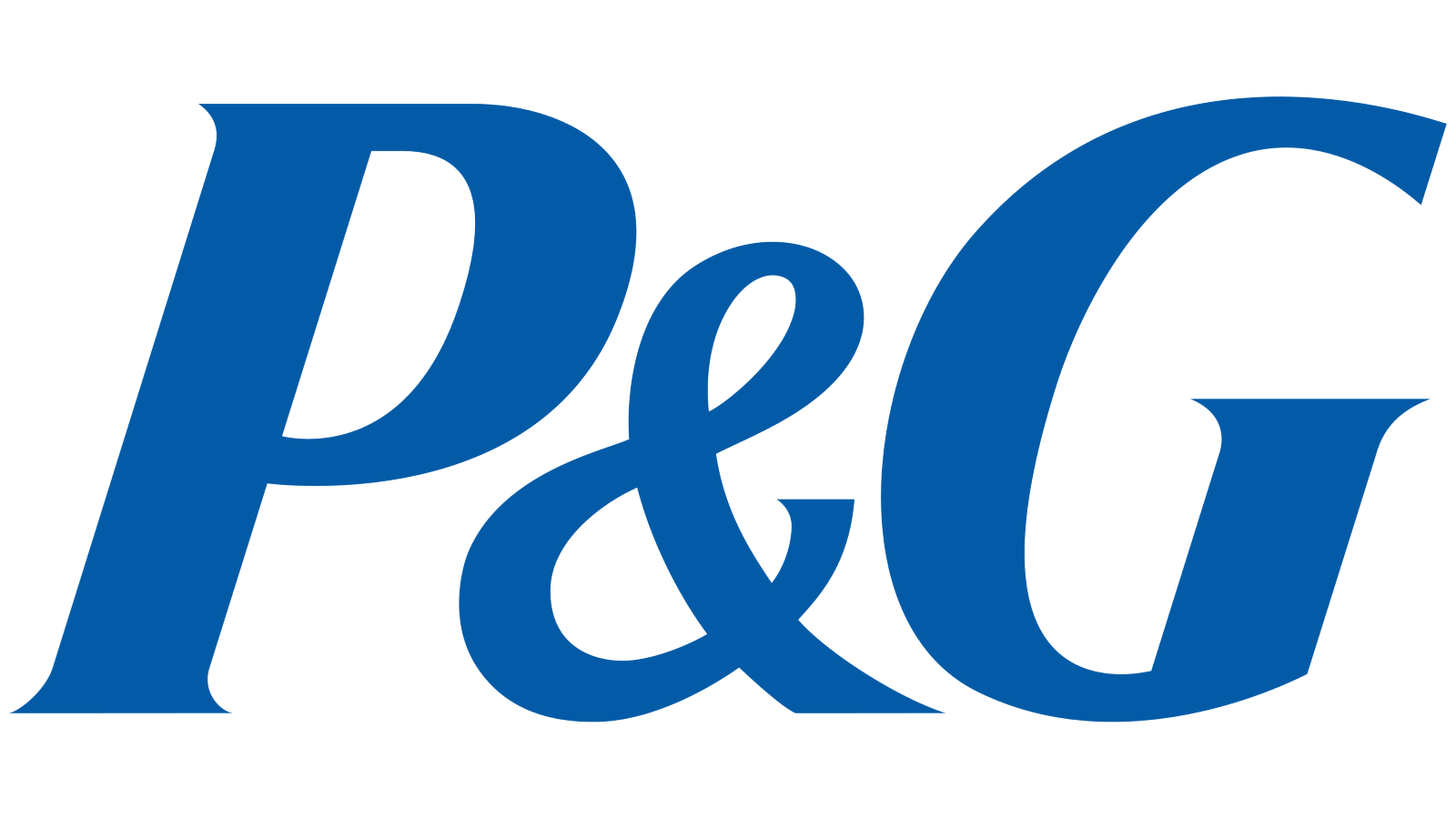Focus groups are a qualitative research method that involves bringing together a small group of people to discuss their opinions, attitudes, and behaviors related to a particular product, service, or topic, to gain insights into customer needs and preferences.
Focus groups are a qualitative research method commonly used in the context of innovation to gather insights, feedback, and ideas from a targeted group of individuals. They provide a platform for interactive discussions, allowing participants to express their thoughts, opinions, and experiences related to a specific innovation or product.
Step-by-Step Guide:
1. Define the Purpose and Objectives
- Identify the Research Goal:
- Clearly define the purpose of the focus group. Are you seeking feedback on a product, understanding customer needs, or exploring new concepts?
- Set Specific Objectives:
- Outline what specific insights you hope to gain, such as user perceptions, preferences, or suggestions for improvement.
2. Plan the Focus Group Session
- Choose the Right Participants:
- Select 6-10 participants who represent your target audience. Ensure diversity within the group to capture a range of perspectives.
- Select a Moderator:
- Choose an experienced moderator who can guide the discussion, keep the group on track, and ensure every participant has the opportunity to speak.
- Develop a Discussion Guide:
- Prepare a structured set of questions that cover your main topics. Start with broad questions and narrow down to specifics to guide the conversation effectively.
3. Arrange Logistics
- Select the Venue:
- Choose a comfortable, quiet location conducive to discussion. This could be a meeting room, online platform, or a dedicated focus group facility.
- Set Up Recording Equipment:
- Ensure you have the means to record the session, either through audio, video, or note-taking, to capture all insights for analysis.
- Schedule the Session:
- Set a time that works for most participants, ensuring that the session length is appropriate (typically 1-2 hours).
4. Conduct the Focus Group
- Welcome Participants:
- Begin with introductions and explain the purpose of the session. Set ground rules, such as respecting differing opinions and maintaining confidentiality.
- Facilitate the Discussion:
- The moderator should ask questions, encourage participation, and probe deeper when necessary. Ensure the conversation flows naturally but remains focused on the objectives.
- Manage Group Dynamics:
- Address dominant speakers and encourage quieter participants to share their views to maintain balanced input from all members.
5. Analyze the Data
- Transcribe and Review:
- Transcribe the recorded session or review notes. Highlight key points, recurring themes, and notable quotes.
- Identify Patterns:
- Look for patterns, commonalities, and differences in the responses. Organize the data according to your research objectives.
- Extract Insights:
- Summarize the main findings, identifying actionable insights that align with your goals. Note any surprising or unexpected results.
6. Report the Findings
- Prepare a Report:
- Create a comprehensive report that includes the objectives, methodology, key findings, and recommendations based on the focus group discussion.
- Share with Stakeholders:
- Present the findings to relevant stakeholders, highlighting how the insights can be used to inform decisions or strategy.
- Plan Next Steps:
- Use the feedback to guide future actions, such as product adjustments, marketing strategies, or further research.
Conclusion:
Focus groups are a valuable qualitative research tool that provides deep insights into customer perceptions and behaviors. By carefully planning, moderating, and analyzing the sessions, you can gather valuable feedback that informs your decision-making and enhances your understanding of your target audience.
Example:
Procter & Gamble: Use of Focus Groups
1. Background: Procter & Gamble, a global consumer goods company, frequently uses focus groups to gain insights into customer needs and preferences. This method was crucial in developing their popular product Febreze.
2. Focus Groups Implementation: P&G conducted focus groups to understand how consumers perceive household odors and what solutions they prefer:
- Objective: To explore consumer attitudes towards home freshness and odor elimination.
- Participants: The focus groups included regular users of household products, allowing P&G to learn directly from their target audience.
3. Key Insights:
- Findings: Many participants were accustomed to odors in their homes and didn't actively notice them. P&G realized that Febreze needed to be marketed as creating a fresh environment rather than just eliminating smells.
- Adjustments: Feedback led to changes in product formulation, packaging, and marketing strategies to better align with consumer expectations.
4. Results:
- Success: Febreze became a highly successful product line. P&G’s focus group insights allowed them to refine their products and marketing approach, significantly boosting consumer appeal.
Conclusion:
P&G's effective use of focus groups helped them create a product that resonated deeply with consumers, turning Febreze into a market leader in household care.

For more information on the topic, please see the source below:
Okoko, J.M. (2023). Focus Groups. In: Okoko, J.M., Tunison, S., Walker, K.D. (eds) Varieties of Qualitative Research Methods. Springer Texts in Education. Springer, Cham. https://doi.org/10.1007/978-3-031-04394-9_31
Morrison, D. (2023). Online Focus Groups. In: Okoko, J.M., Tunison, S., Walker, K.D. (eds) Varieties of Qualitative Research Methods. Springer Texts in Education. Springer, Cham. https://doi.org/10.1007/978-3-031-04394-9_55

#Customer Needs





